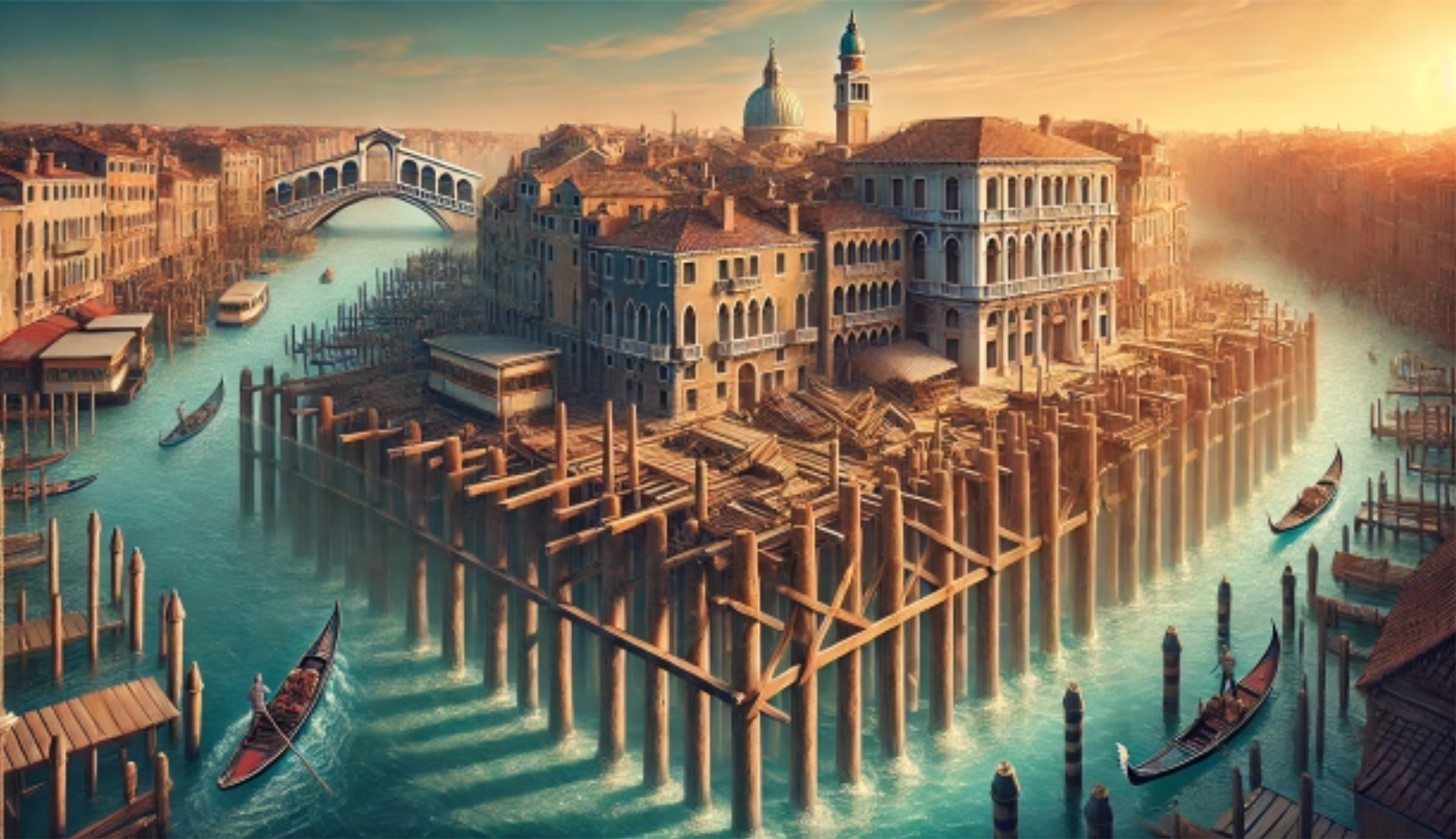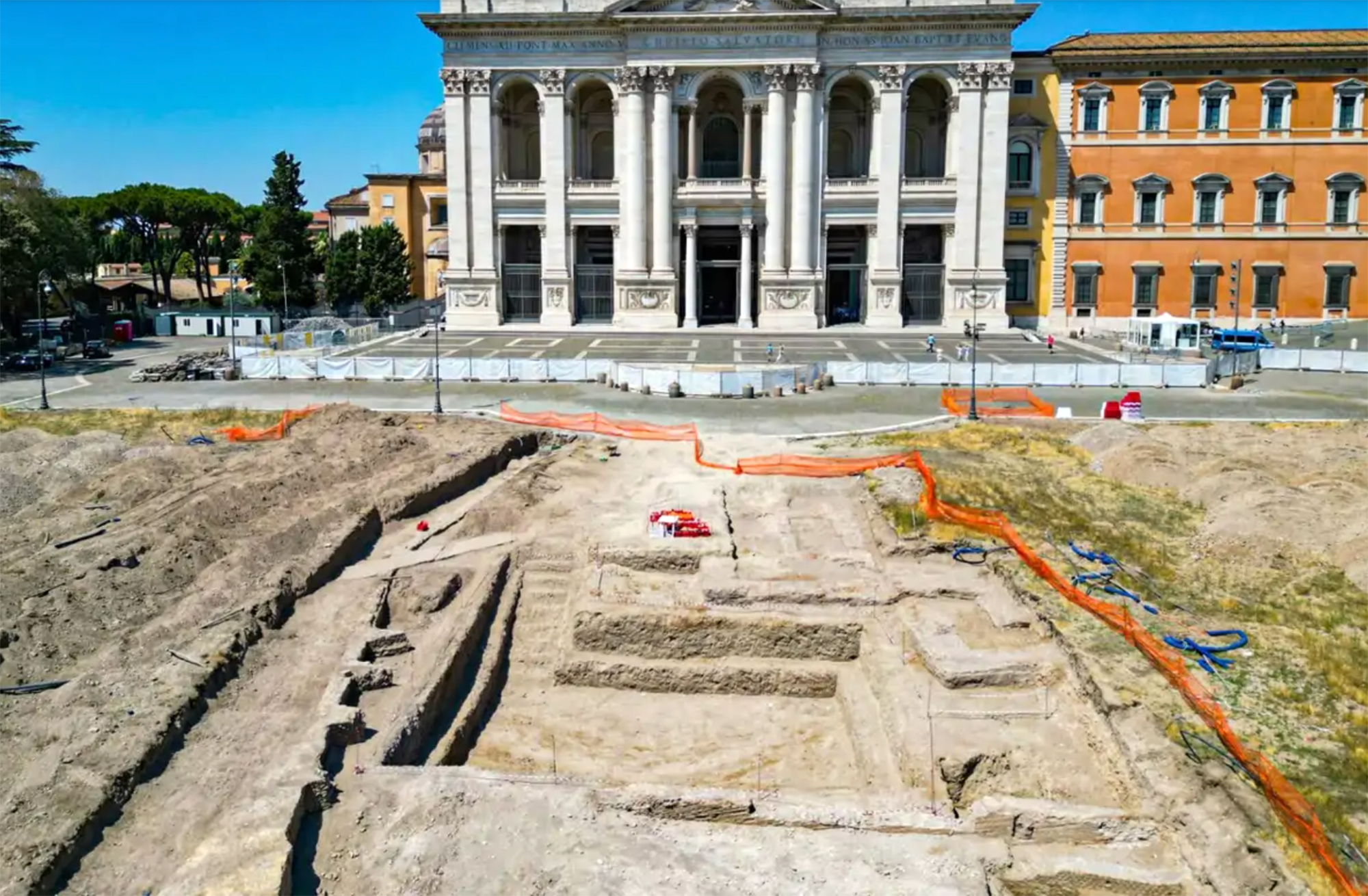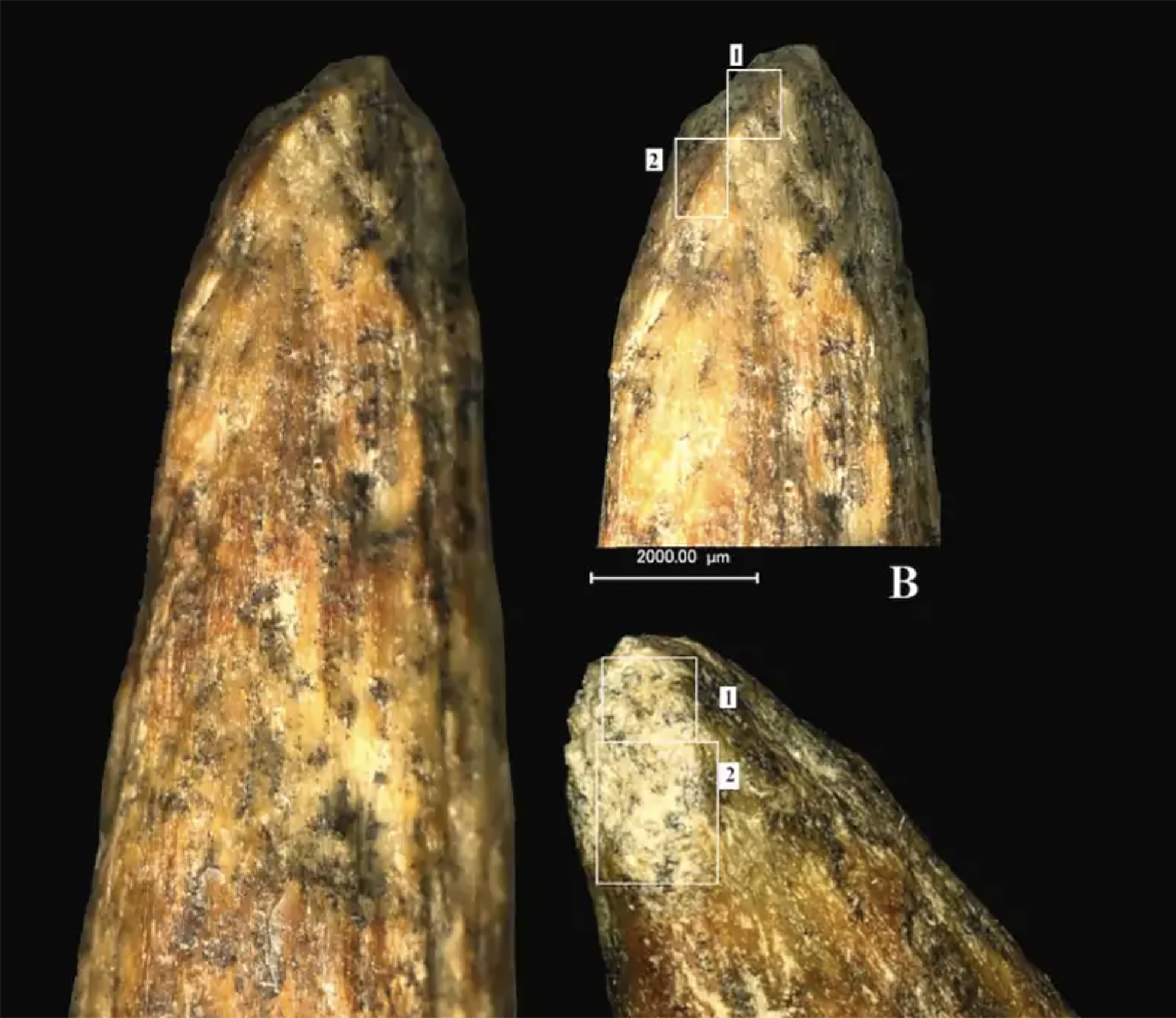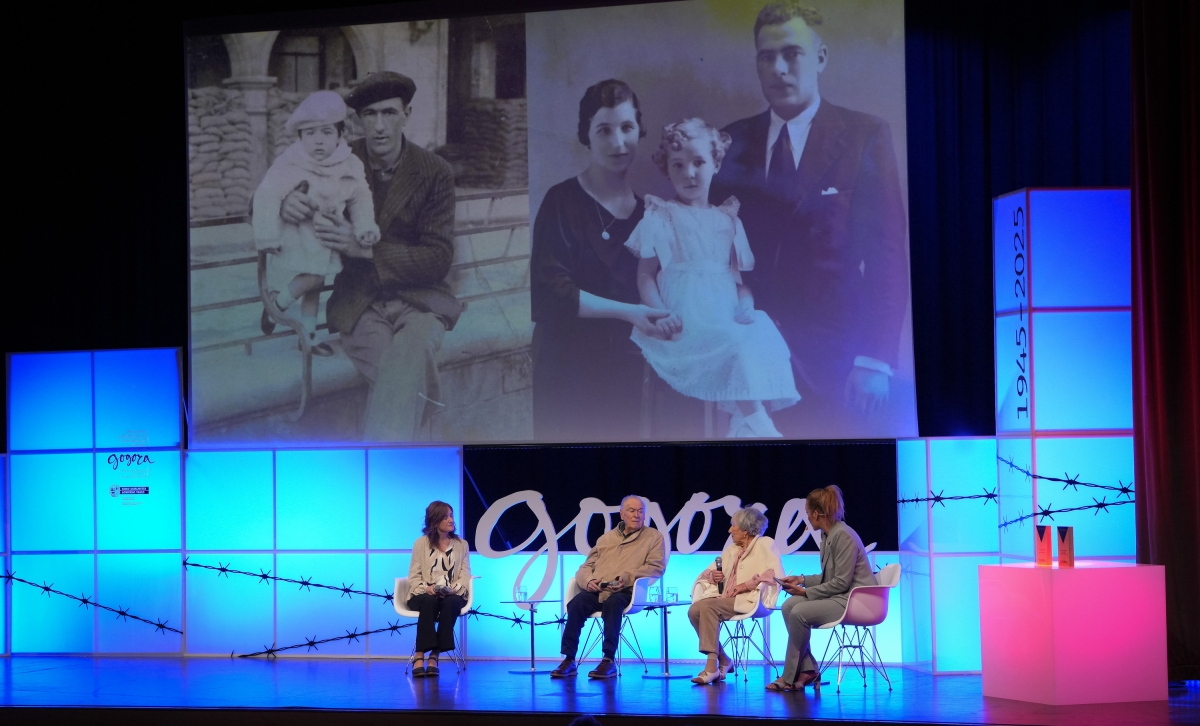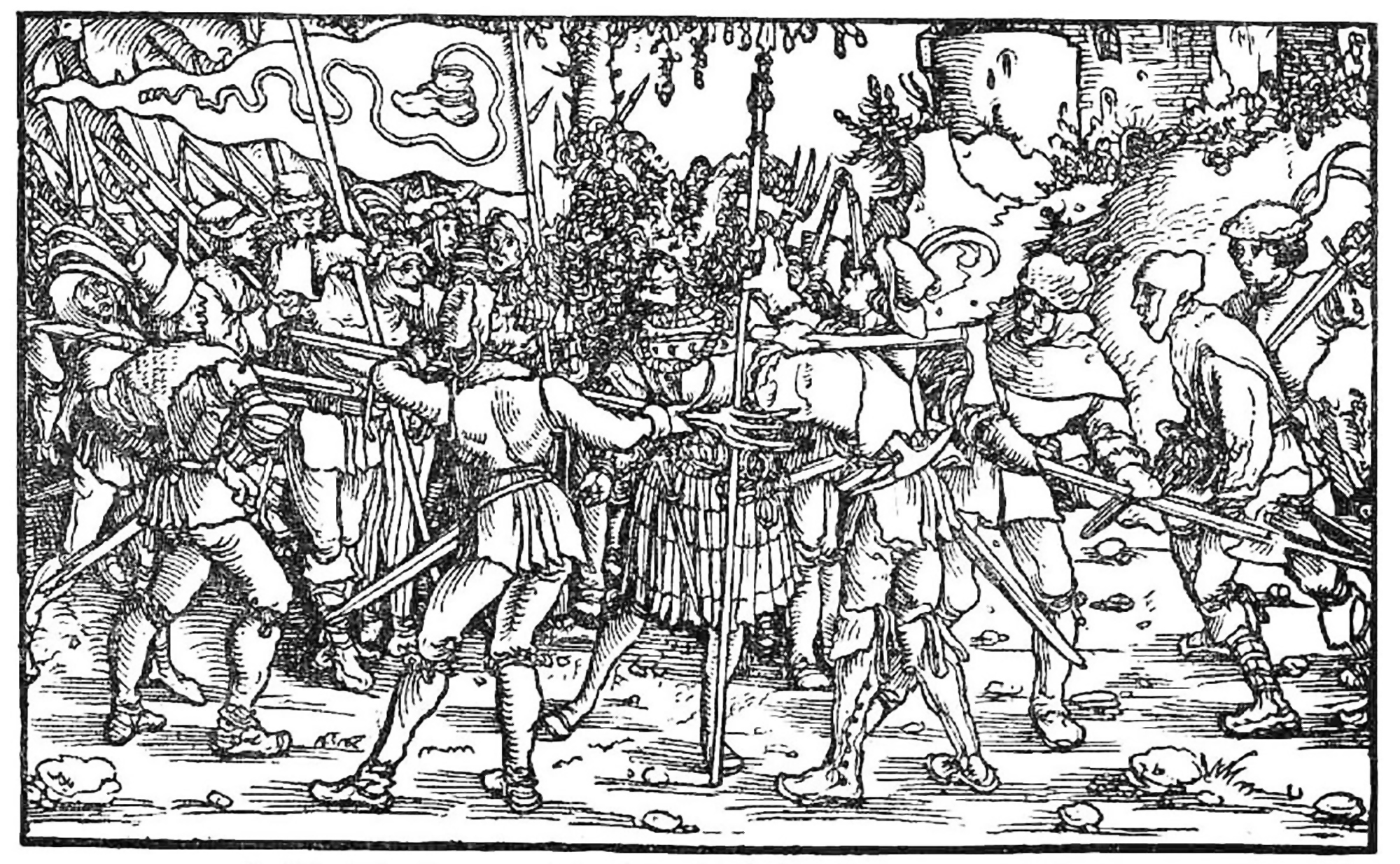On Monday! Sloth after party

In recent years, on a Monday in January, social and news networks remind us that it is the saddest day of the year in the hemisphere norte.Es Blue Monday, because in English the adjective blue means sad and sad. Commentators who have not found any other news to fill the new newsroom tell each year that it is a scientifically proven fact, which is calculated by a supposed mathematical formula that takes into account the days remaining for the end of Christmas, the time and the next holiday. But this stupidity only originates from a 2005 advertising campaign by the British travel agency Sky Travel.
Unfortunately, in these times when we have forgotten the traditions of the labour movement, the commercial Blue Monday darkened the original Blue Monday, which was very different. At least since the Middle Ages, the practice of European craftsmen and workers to extend the holiday to Monday after the Sunday break has been documented. On Monday they also wanted to rest and celebrate to spend on drinks and food the money they had earned last week. This custom was widespread and was a gesture of resistance against the severe discipline of the masters. In Germany it was called Blauer Montag (Blue Monday) and in other languages it was called the celebration of San Monday (San Monday, Saint Lundi, Saint Monday,...). In the early 20th century, these kinds of blinds were still common in many places. EP. Thompson, for example, collected customs, anecdotes and songs about Monday's labor inactivity by investigating the 18th and 19th century working class.
Blue Monday: What was a celebration and disobedience, they have made it a sad day and deprimente.El old Blauer Montag was an evasion, while the new Blue Monday condemns us to accept the situation and binds us to apathy. They remind us that it is the saddest Monday of the year, but we are not able to deceive or escape, as if we lost hope of escaping the slavery of capital. But I'm afraid not. What do you think is the saddest Monday in January or September? Like the workers of then, I would prolong my holiday, but not a day, but an entire month! Long live the blue Mondays!
Pond of Venice, year 452. Prompted by the Huns' invasion, several inhabitants of the interior of the Italian peninsula took temporary refuge in the swampy area. But the Lombard invasions came in a few years, and it would become a permanent home for those immigrants. It was a... [+]
During a routine excavation in the Piazza San Giovanni in Laterano in Rome, archaeologists carried out the IX-XIII. They unexpectedly found the remains of a palace dating back to the centuries. And they think it could be the residence of the popes of the time. In other words,... [+]
More and more studies indicate that Neanderthals had more advanced cognitive abilities than previously thought. The latter, published in the Journal of Archeological Science, refers to the spearhead of bone found in the Mezmaiskaya cave in Russia in 2003.
Using microscopy,... [+]
The Indus Valley, about 5,000 years ago. The city of Mohenjo-Daro had about 35,000 inhabitants and, according to recent PNAS publication, had a very low Gini coefficient of 0.22 – a coefficient that measures the economic inequality of societies through the degree of... [+]
I've been enjoying a book lately. In a very short time I have read it twice; the first with pure delight and the second with a pencil in my hand. Hoces de piedra, martillos de bronce, by the Spanish archaeologist Rodrigo Villalobos, aims to explore prehistoric society to answer... [+]
In the Chinese province of Shanxi, in a tomb of the Tang dynasty, paintings depicting scenes from the daily lives of the dead are found. In one of these scenes a blonde man appears. Looking at the color of the hair and the facial expression, archaeologists who have studied the... [+]
Carthage, from B.C. Around the 814. The Phoenicians founded a colony and the dominant civilization in the eastern Mediterranean spread to the west. Two and a half centuries later, with the decline of the Phoenician metropolis of Tyre, Carthage became independent and its... [+]
Salvador Puig Antich frankismoaren kontrako militantea izan zen. Askapen Mugimendu Iberikoko kidea, 1973ko irailaren 25ean atxilotu zuten. Gerra-kontseilua egin zioten, eta garrotez exekutatu zuten handik sei hilabetera, 1974ko martxoaren 2an. Aurtengo otsailean baliogabetu du... [+]
Rudolf Botha hizkuntzalari hegoafrikarrak hipotesi bat bota berri du Homo erectus-i buruz: espezieak ahozko komunikazio moduren bat garatu zuen duela milioi bat urte baino gehiago. Homo sapiens-a da, dakigunez, hitz egiteko gai den espezie bakarra eta, beraz, hortik... [+]
Böblingen, Holy Roman Empire, 12 May 1525. Georg Truchsess von Waldburg overthrew the Württemberg insurgent peasants. Three days later, on 15 May, Philip of Hesse and the Duke of Saxony joined forces to crush the Thuringian rebels in Frankenhausen, killing some 5,000 peasants... [+]








